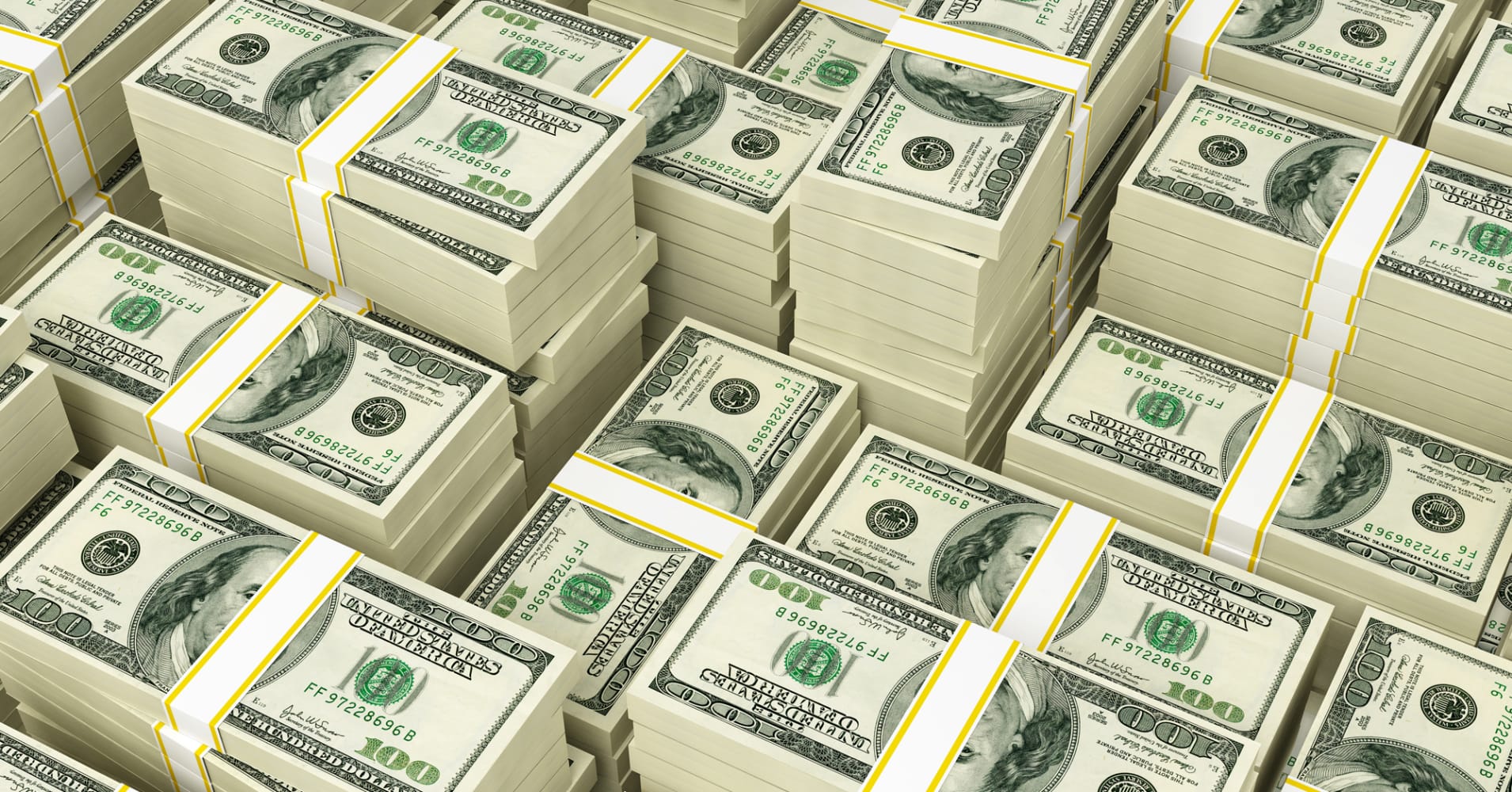How much money on the planet?
The phrase “all not make any money,” people say with surprising regularity, especially in periods of economic crisis or when the bouts of procrastination. But if for a moment imagine that one person would be able to get all the money of the planet, then the owner what he would become?
The concept of “money” is very versatile. This bills in your wallet, and the numbers in the bank account and treasury bills, and the growing popularity of electronic money. Regardless of the type, money is united by a common function – a medium of exchange and measure of value.

Commodity money
With them began the history of monetary relations, when one product in a specific ratio has varied on the other. Different peoples in different times it was pets, coffee beans, salt, pearls and other valuable things. Today, commodity money as a means of payment are used, for example, in places of deprivation of liberty – cigarettes, tea.
To count such money supply almost impossible even to estimate because diversity is highly problematic. This confusion was one of the reasons for the adoption of another form of commodity money – precious metal, which is kind of beyond counting. Thus, according to the agency, which since 1967 is engaged in the review and research of the world market of gold, silver, platinum, palladium and copper, in the history of mankind was produced a little more than 150 thousand tons of “yellow metal”. The remnants of gold in the depths of the geologists estimate the area of 50 thousand tons.
Secured money
Or as they are called representative money, are cash signs at presentation may be exchanged for the equivalent commodity money (particularly gold and silver), i.e., With its basis in real assets. In the pre-existing economic system based on the gold standard, when issued, each unit of money represented the actual amount of gold, all the money was provided.
In this monetary system to make the calculations, on the one hand, it’s easier. It is sufficient to summarize all minted money. But there was a problem with the currency and time period. You can try to count all the cash on the planet at the moment. There is a special rate m0, which is equal to the aggregate of cash in circulation, cash, bank cells. In its annual report, the federal reserve evaluates m0 more than $ 1 trillion for the united states and about 4.5-5 Trillion dollar in the world. In these calculations it is impossible to include buried treasure, money in the sunken ships or buried with the owners and just lost in the homes and on the streets. Although ubiquitous “british scientists” somehow calculated that in england, per resident, on average, 14 pounds of lost weight money.
Fiduciary money
The kind of money that has no value or it does not correspond to their face value, but legal tender. Such symbolic or decreed money are banknotes, wire transfers and electronic money. Their value is set by the state, but has no real reinforcement.
Different sources give a range from 25 to 75 trillion in terms of us dollars depending on, summarized or not state bonds, promissory notes, securities. In general, assume fiduciary money makes no sense, because their number increases due to the periodic emission.

Credit money
Even less full-fledged form of money than Fiat. Represent decorated in a special way the duty, for example, in the form of a check or promissory note. Credit money have no real value and they carry the risk of failure to meet requirements, but can be used for payment of goods, services or other debts.
With the estimate of the amount of credit money is still difficult. If one person made a contribution in the amount of $100.
According to the degree of liquidity, i.e. the possibility of quick transfer of money in cash, the entire money supply is divided into four units. Following each monetary aggregate contains the previous one. In different countries the composition of individual indicators is a bit different.
M0 = all of the cash from wallet to the cell Bank; about 5 trillion$;
M1 = M0 + money on debit cards and current accounts of organizations, checks; about 25 billion.$;
M2 = M1 + term deposits, time deposits of organizations; about 60 trillion$;
M3 = M2 + savings deposits, certificates of Deposit, government bonds; about 75 billion.$;
M4 = M3 + total amount of credit; is not used in all countries.